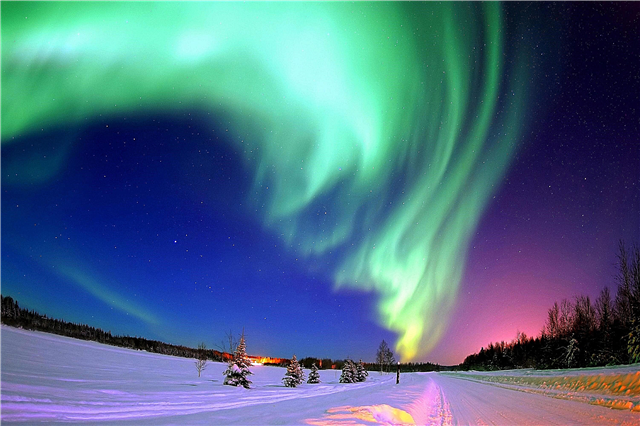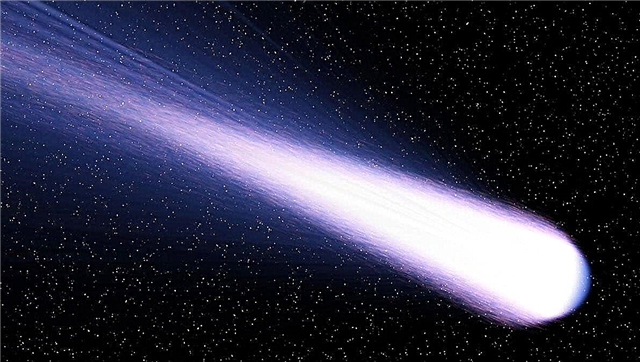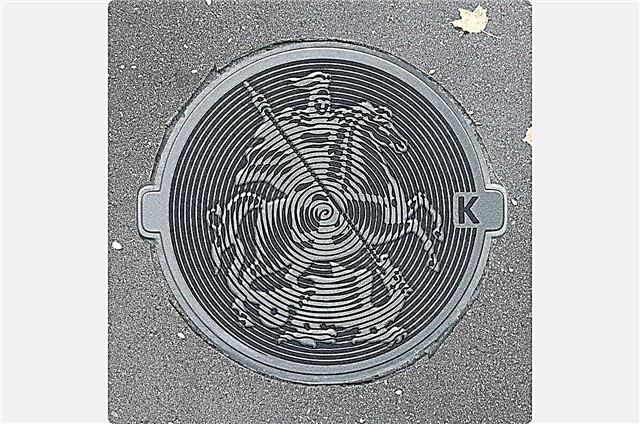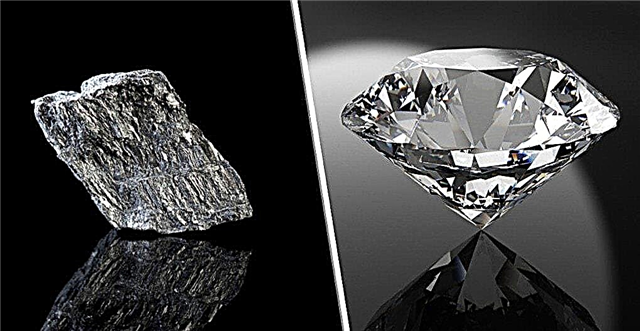
The fear and helplessness of people who have felt the fluctuations of the earth's surface is so great that knowledge about the origin of earthquakes is always in demand.
Why are earthquakes?
There are few reasons - only two. The second is human activity. This type of earthquake has appeared recently, but their intensity, expressed in points, is ready to “compete” with the Natural earthquake tremors.
Earthquakes created by Nature
The origin of natural earthquakes is easily superimposed on the theory of motion of Wegener's lithospheric plates. In perspective, it looks like this - the earth's crust is divided into giant plates. A bit like a cracked shell on a hard-boiled egg. Only lithospheric plates are much larger. Moreover, they are not rigidly fixed, but constantly move one relative to the other.
The movement can be in horizontal and vertical direction. This is possible due to the fact that the blocks of the earth's crust are located on a plasma-like, relatively liquid layer of magma - the asthenosphere.
And now the most important thing - any interactions of lithospheric plates are accompanied by processes of tectonism, volcanism and seismism. Especially strong tremors of the earth's crust occur during fast horizontal movements - oncoming and discontinuous.
Likely earthquake zones
From this it follows that potential places with the maximum probability of earthquakes will be at the junctions of lithospheric plates.That's right - the main seismological stations are located along the Pacific Ring of Fire, the Atlantic and Alpine-Himalayan seismic belts.
The Pacific Ring of Fire is the region of interaction of the earth's crust lining the bottom of the Pacific Ocean with the Eurasian, Indo-Australian, Antarctic, South American and North American lithospheric plates. Very active. It was in her area of responsibility that a devastating earthquake occurred in Jamaica in 1692, the Japanese “Earthquake of the Hoei Years” in 1707, the Great Chilean in 1960 and the Alaskan 1964.
Atlantic - the line of contact between the Eurasian, African-Arabian, South American and North American platforms.
The Alpine-Himalayan seismic belt is very active, formed at the junction of the African-Arabian, Indo-Australian and Eurasian platforms. The most devastating earthquakes are the Ganja of 1139, the Sicilian of 1693, the Assamese of 1897, the Messinian of 1908, the Crimean of 1927. Ashkhabad 1948, Tashkent 1966 and Spitak 1988.
In addition to earthquakes and “collisions” of some lithospheric plates to others, seismic phenomena are accompanied by volcanism. And if the contact zone is within the limits of the World Ocean, then tsunami-type waves arise.
Earthquakes caused by volcanic activity deserve a separate offer. That is, they are formed in the same zones of interaction of lithospheric plates. But they are triggered by stress arising in the bowels of volcanoes. The intensity of such oscillations is small, but they are multiple and prolonged in time. The earth's crust can shake weeks, months.
Earthquakes triggered by man
In the twentieth century, new earthquakes - man-made. Firstly, those that are caused by human industrial activity. For example, voids in mines or oil-bearing horizons, which lower the established strength of existing rocks, which leads to the activation of seismic processes.
Secondly, some states use the same underground voids as a place for testing weapons, which causes earthquakes. Thirdly, there are projects to create artificial oscillations of the earth's crust, which are considered as tectonic weapons.












